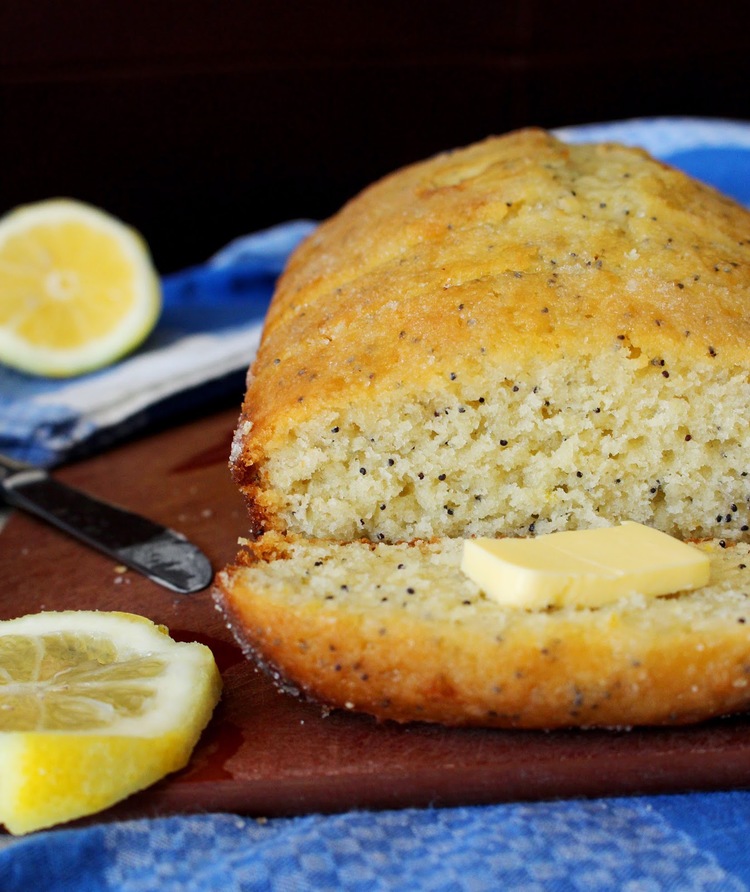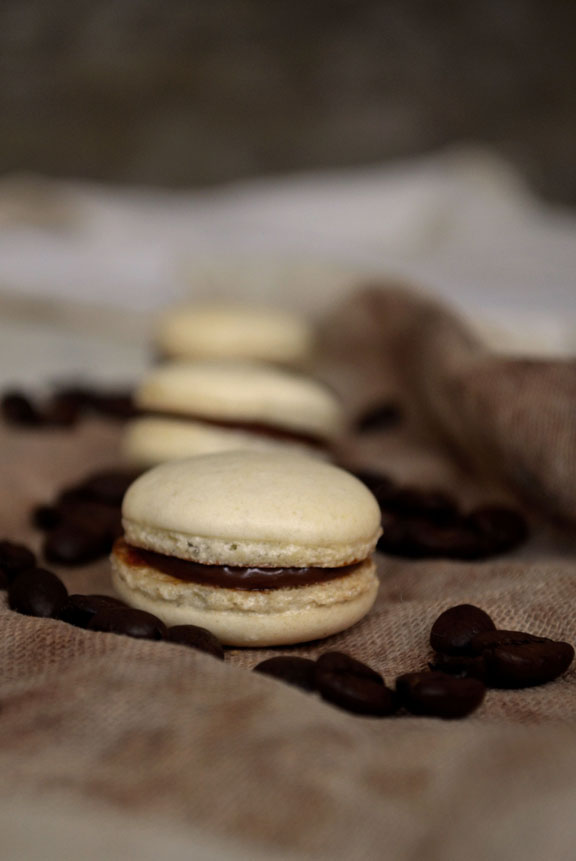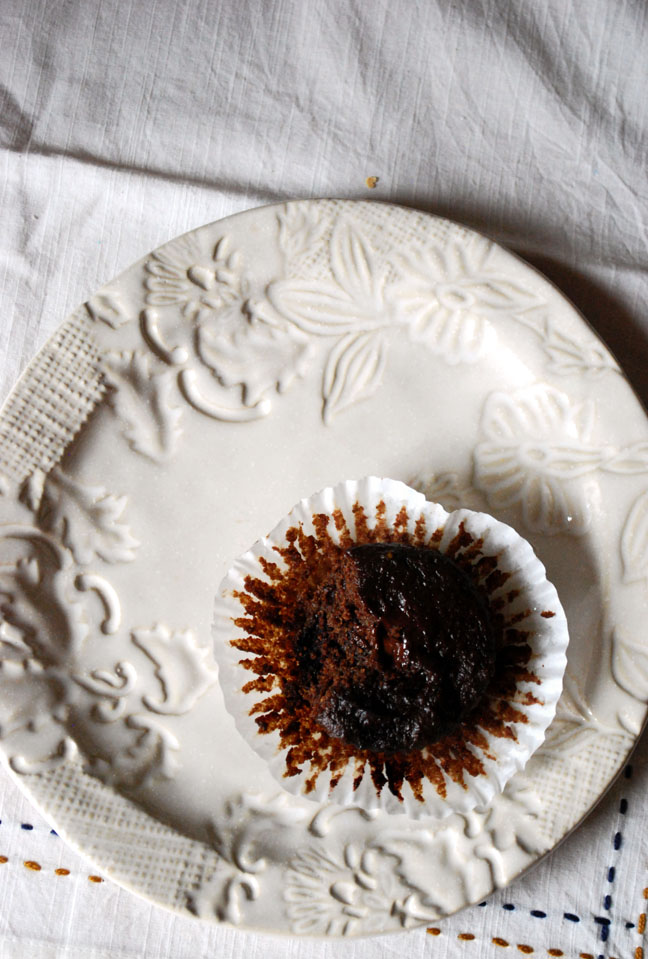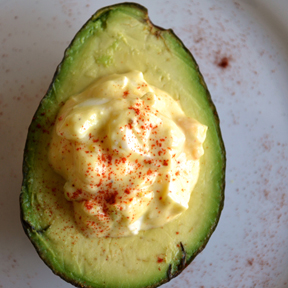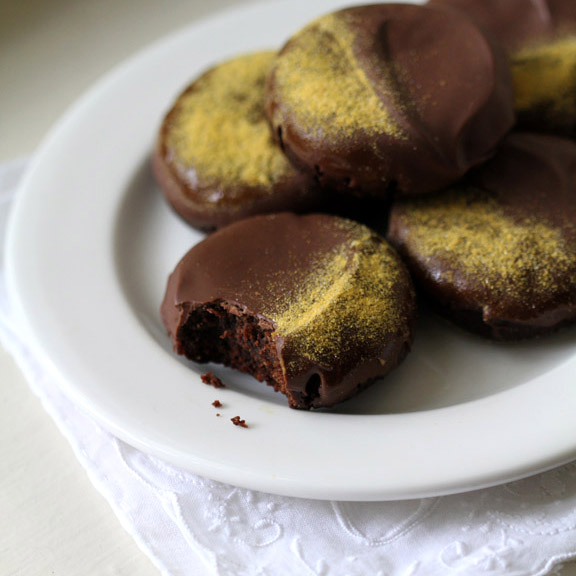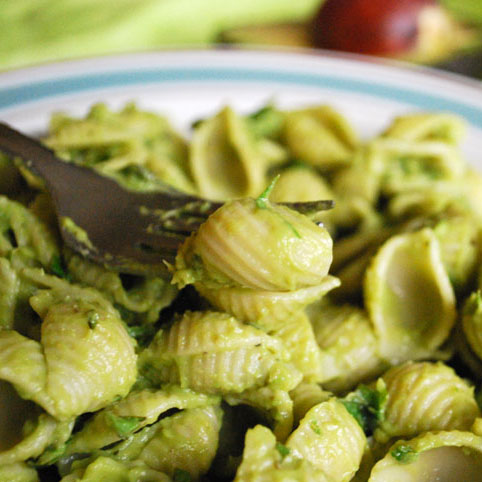I woke up to a text from my roommate yesterday morning telling me, "I finished the banana bread. I am a monster." It was definitely one of the best compliments to my baking I've gotten in a while.
I am being 100 percent honest when I say that this gluten-free and dairy-free banana bread is significantly better than any normal banana bread I've made. None of this it-tastes-almost-as-if-it-were-the-real-thing business. My go-to Smitten Kitchen's banana bread recipe is wonderful, but I have to say this one is significantly better. (Admittedly, I just turned legal and always had to leave out the bourbon, so maybe I've been doing it wrong...)
It's been a while since I've gotten this excited about such a straight forward baking project (I had been planning on sharing this cool honeycomb candy but I couldn't hold back on this one). You see, the crumb and texture of this bread is beautiful. Wait, hold on...appreciate this for a moment:
Especially take note of the bottom of the loaf. A lot of banana breads have what I call the bottom 1/3 problem. The loaf bakes up dense and moist, but the bottom fraction of the loaf actually becomes way too dense to the point that it is unpleasantly gummy.
Not so with this banana bread recipe. I think baking with gluten-free flours can actually be an advantage for quick breads, since you don't want the gluten to develop for these recipes. The oil in place of butter also helps keep the banana bread from going dense as a doorstep.
One of my roommates just got diagnosed with a gluten intolerance so you'll probably be seeing more gluten-free recipes around here. I still think the gluten-free health fad is silly (gluten-free does not mean healthy...we have quite. a few. really. unhealthy gluten-free recipes on this blog), but it is helpful for getting more gluten-free recipe ideas. (Packaged foods advertising to be gluten free are another story...some of them can still contain traces of gluten, which can be an issue for people who actually are allergic).
And of course, I'm always up for new baking challenge.
-Caroline
Gluten-Free Banana Bread
Yields: one 8x4 inch loaf
Click here for the printer-friendly recipe
Ingredients
2 eggs
⅓ cup packed brown sugar (you can increase this to ½ cup if you prefer a sweeter bread)
1 teaspoon vanilla extract
3 medium overripe bananas, mashed
¼ cup vegetable oil
¼ teaspoon salt
½ teaspoon baking soda
1 ½ teaspoon baking powder
1 cup almond flour
½ cup white rice flour
¼ cup brown rice flour
1 tablespoon cornstarch
½ cup chopped walnuts or pecans, toasted (optional)
Directions
Preheat the oven to 350 F. Grease a 8 inch x 4 inch loaf pan with vegetable oil.
Whisk together the eggs, brown sugar, and vanilla. Whisk in the mashed bananas, followed by the vegetable oil.
Whisk in the salt, baking soda, and baking powder. Mix in the almond flour, white and brown rice flours, and cornstarch. Fold in the toasted nuts, if using.
Pour the batter into the loaf pan. Bake for 45-55 minutes, or until a skewer inserted into the center comes out clean. Let cool for 30 minutes, then turn out of the pan, and cool completely.
Notes
Your bananas need to be very, very ripe to get the best results and best flavor for this bread.





